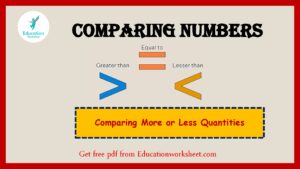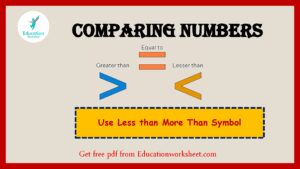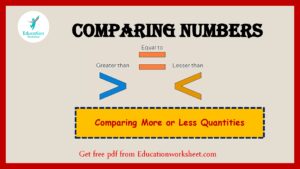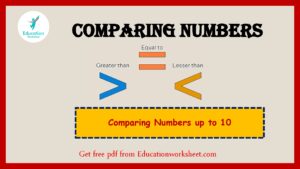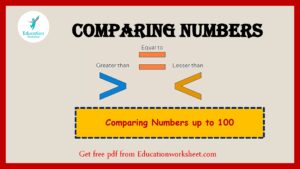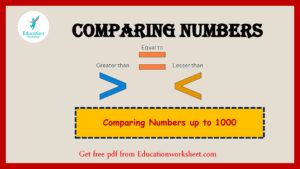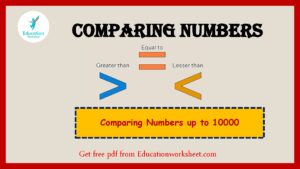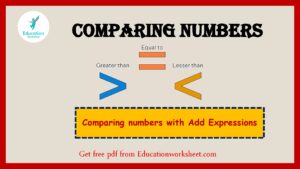Discover 57 Creative Tracing Urdu Alphabets Worksheets for a captivating...
Read MoreNew Worksheet Ideas To Keep Your Students Motivated - Education Worksheet
Educational worksheets are instructional materials used by educators to help students practice and reinforce concepts taught in the classroom. They are typically printed on paper and may include a variety of activities, such as Tracing, fill-in-the-blank questions, multiple-choice questions, matching exercises, and problem-solving tasks.
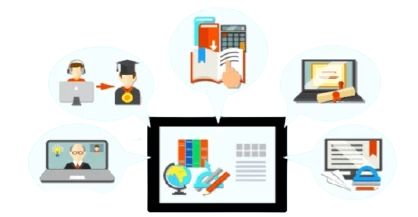
Enhance learning and engagement with our extensive collection of education worksheets. Explore a wide range of subjects, including math, science, language arts, and more, through interactive and engaging activities. Our educational worksheets are designed to support classroom learning, homeschooling, and independent study. Start exploring our diverse selection of worksheets and empower students with valuable knowledge and skills.
Education Worksheets cover the any of the single subject such that:
- Math: These typically include problems related to arithmetic, algebra, geometry, and other mathematical concepts.
- Reading and writing: These may include exercises related to reading comprehension, vocabulary building, grammar, and creative writing.
- Science: These may cover topics such as biology, chemistry, physics, earth science, and more.
- Social studies: These may focus on history, geography, economics, government, and other social studies topics.
Educational material can be an effective tool for reinforcing learning and helping puple develop skills and knowledge in a particular subject area.
Educational Worksheets
Half Shapes of Urdu Alphabets
Half Shapes of Urdu Alphabets are also known as "Nukta"...
Read Moreabc coloring pages
ABC coloring pages
Read More26 Free A to Z alphabet coloring pages
A to Z alphabet coloring pages
Read More26 Coloring alphabets Pages for Kids: Fun and Educational Printables
Coloring alphabets worksheets can be a helpful tool for young...
Read MoreFun and Engaging 26 Preschool Alphabet Coloring Pages: Boost Creativity and Learning!
Preschool Alphabet Coloring Pages for kids are activity sheets designed...
Read More39 Animal Coloring Pages for Kids to Learn and Enjoy
In this article you will get to know that what...
Read MorePrintable Coloring Pages for Kids and Adults
In this artical you will get know what are the...
Read More26 Free Printable Uppercase Cursive Tracing Worksheets: Perfect for Beginners!
Uppercase cursive writing is a style of handwriting that is...
Read MoreMastering Cursive Writing Tracing: Tips and Tricks 26 Practice worksheets
Cursive writing tracing worksheets are educational materials designed to help...
Read MoreA Guide to Perfecting Cursive Writing Capital
cursive writing capital
Read MoreA Guide to Perfecting Cursive Lowercase Letters
cursive lowercase letters is a form of handwriting where letters...
Read MoreMastering cursive abcd capital and small: A Step-by-Step Guide to Writing Cursive
Cursive handwriting is a style of writing where the letters...
Read MoreFree Worksheets Upper and Lowercase Cursive Letters Printable for Handwriting Practice
Cursive handwriting is a style of writing that connects individual...
Read MoreMastering the Alphabet: Alphabet Tracing Sheets for Effective Learning
alphabet tracing sheet
Read MoreFree Uppercase and Lowercase Letters Worksheets for Kids: Printable Activities
uppercase and lowercase letters
Read MoreFun and Educational English Lowercase Letter Worksheets
lowercase letter
Read Morealphabet worksheets
alphabet worksheets
Read Moreuppercase character
uppercase character discover the significance of Uppercase Characters in typography...
Read MoreComparing greater or lesser quantities Worksheets
Develop a strong sense of comparison with our comprehensive resources...
Read MoreMore Than or Less Than Sentences in words Worksheets
Develop a strong understanding of comparative relationships with our engaging...
Read MoreUses of More Than Less Than Symbol Worksheets
Uses of More Than Less Than Symbol Worksheets Explore engaging...
Read MoreMore Less or Equal to Symbols Worksheet
Master the concepts of comparison with our dynamic 'More, Less,...
Read MoreComparing more or less Quantities Worksheets
Develop a keen sense of comparison with our 'Comparing More...
Read MoreComparing larger or smaller amounts
Refine your ability to compare amounts with our comprehensive resources...
Read MoreComparing quantities in math
Enhance your mathematical prowess with our comprehensive resources for 'Comparing...
Read MoreWorksheets for ordering and comparing numbers up to 1000
Worksheets for ordering and comparing numbers
Read MorePractice sheets for ordering and comparing numbers up to 10000
Practice sheets for ordering and comparing numbers up to 10000
Read MoreExpression evaluation worksheets
Expression evaluation worksheets
Read More




















